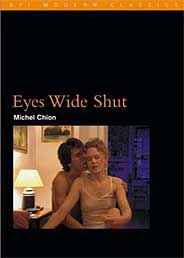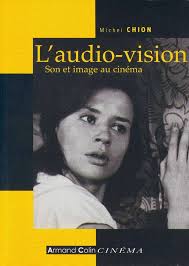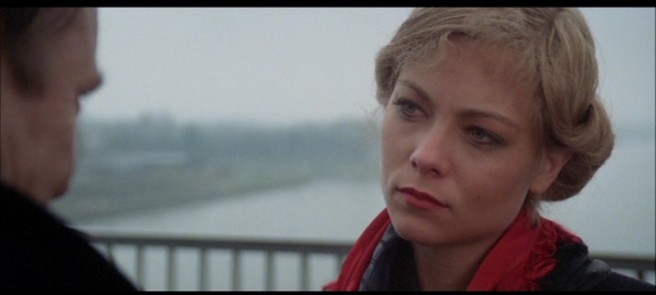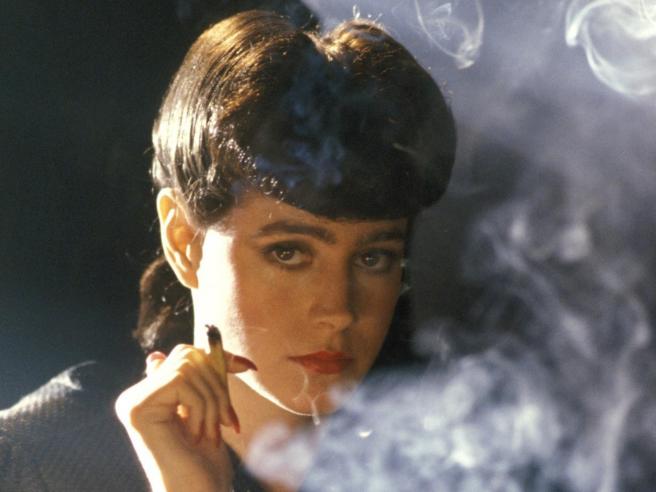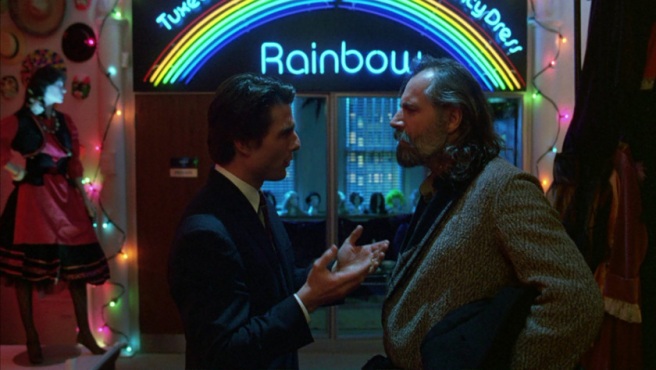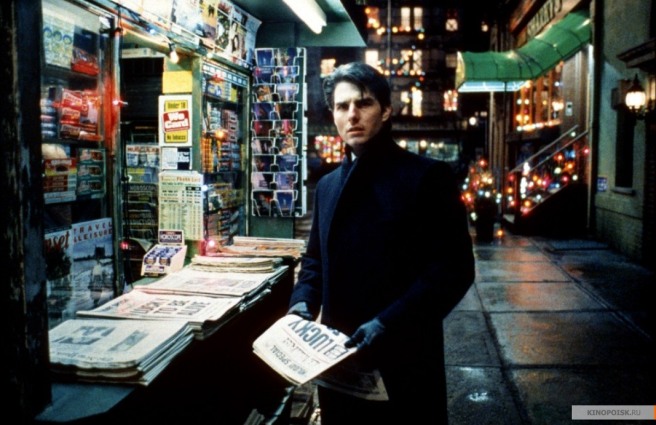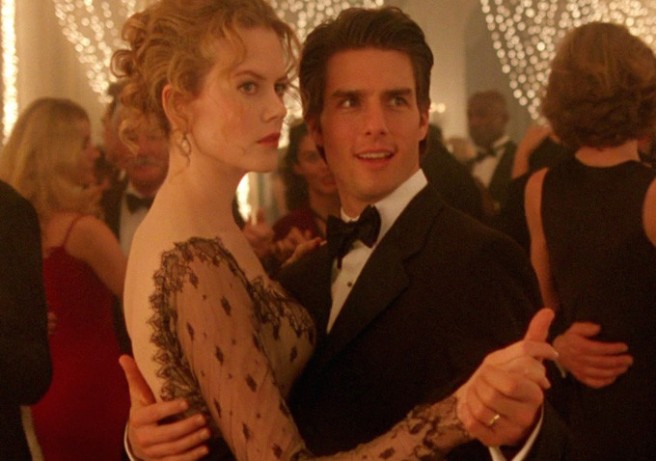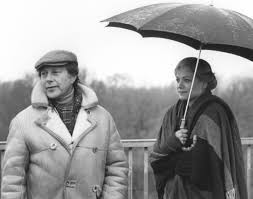
Bad Timing has an air of possession, Tom Waits’ Invitation to the Blues plays at the film’s beginning, Waits is an onlooker, a Greek chorus to the characters and their to-be shattered lives. Alex (Art Garfunkel) is a New York research psychoanalyst who teaches at the University of Vienna. His girlfriend Milena, a Californian (Theresa Russell) has just left her much older husband Stefan (Denholm Elliott) a Czech ex-military man. In the film’s opening sequence Milena is rushed to hospital after an overdose of drugs. Inspector Netusil an Austro-New Yorker (Harvey Keitel) is investigating Milena’s suicide attempt. Director Nicolas Roeg took Yale Udoff’s script and shaped it in the editing room to make a unique viewing experience which is at once Roegian and cinematic in turn. Synchronised gestures like a shot of Garfunkel’s hand on a bed matched with Russell’s hand on an operating table. The synchronising is sparked by Netusil’s line ‘she wasn’t in a condition to ring anybody or even move a finger’
Roeg is fascinated with capturing moments like Milena and Alex’s first moments alone together after the party where they meet, close-ups of objects (phones, cigarettes, photos, paintings, books). There is a lot of written text seen in Bad Timing some of which give an emotional power to the film; Milena’s note to Alex found by Netusil ‘I wish you could understand me less and love me more. I wish you would stop defining’ and smeared in lipstick on Milena’s mirror ‘where am I going now?’ Much is made of Roeg’s and Udoff’s clear interest in Alex and Netusil as doubles with their almost matching suits, chain smoking and identical picture in their apartments. Alex puts up the picture whilst Netusil takes it down. With Alex and Netusil’s similarities comes Alex and Milena’s binary oppositions; Alex as neat, ordered and controlled, Milena as free spirited, untidy without any care for the future. Perhaps reading it too closely bares more Freudian analysis then necessary but of course Alex is a psychoanalyst. Sometime under pressure his frantic entrance to Milena’s apartment towards the finale is shot like a documentary, an intense jarring close-up.
Mark Cousins (1998) said in his Moviedrome introduction ‘If you’re anything like me you’ll watch this again and again, year after year. You’ll get to the stage that wherever you are in the world, in your life, when you hear Tom Waits’ Invitation to the Blues at the film’s beginning or think of its extraordinary ending, you’ll freeze as if someone has just walked over your grave. Bad Timing can do that to you’. The film is puzzle; the structure seems more blatant each time you see it especially if you know Roeg’s films. Netusil refers to him choosing to be policeman as a puzzle. His way of investigating in the finale seems more like an almost philosophical examination, he raises his hands in the air like a psychic, it is too present not be argued in some way. ‘What is detection if not confession?’
Tony McKibbin (2011) argues ‘Though the film is mainly set in Vienna, Roeg films it so that we have less a sense of the city than of its capacity to disintegrate the characters within a force greater than their own strength of personality. Whether it is London in Performance, the outback in Walkabout, Venice in Don’t Look Now, the States in The Man Who Fell to Earth, or the Caribbean in Eureka, Roeg allows places to reveal the crack in a personality.’ The crack in the personality is undeniable, Alex and Milena are of course outsiders to Vienna and you cannot help thinking that Netusil is too in a way even though he is said to be only American educated, he barely speaks a word of German throughout the film except briefly with his young son. He challenges Alex on several occasions namely when Alex berates him; ‘they ring you, they telephone me’, Netusil responds by approaching the corner of the frame continuing ‘someone rings you…’ It’s one of the great brief moments of intimation in cinema.
An example of structure in terms of editing; the last time Milena sees Stefan. Upon watching this scene many times it seems like the day Milena’s first leaves for the Austro-Hungarian border at the film’s beginning, but judging by Milena’s clothes and hair style it is clearly another day. Roeg and his editor Tony Lawson cut between Alex and Stefan smoking, looking on at Milena; Alex with awe, Stefan with sadness. Milena smiles and practically walks into the camera as the scene cuts. Another stark example includes intense close-ups of Netusil and Alex during an interrogation scene, Netusil holding up important documents to signify authority. Perhaps the most famous example is Milena and Alex meeting at the University of Vienna, Roeg, his cinematographer Anthony Richmond and Lawson build the confrontation based on intense close-ups between them, the background becoming more and more faded, signifying their emotional fractured states, reality doesn’t exist. The use of their thoughts as inner monologue (voice over) baffled the studio upon seeing the dailies. It makes sense to use this essentially literary device; most of the characters’ secrets are kept hidden, to be interpreted on repeat viewings.
The film contains the scene of the ‘thunderbolt’ as Alex and Milena are struck with desire. Roeg focuses on objects as well as faces; Milena clutching her hairpin, Alex holding what turns out to be his penknife! Milena’s sexual confidence as she blocks Alex from leaving by using her leg as a bridge of desire, an underpass of passion. Her sexual confidence fades as Alex drains it out of her over time. Alex’s demise into madness can be pinpointed by Garfunkel’s use of body language, namely fidgeting and a close-up of his stomach shaking. Garfunkel’s performance exudes pretentious academic buttoned up and hidden to the world in some ways. As he says to his students ‘I prefer to label myself an observer’. The orange file Alex is working on is another puzzle. We learn through a close-up that Stefan is an ex-military man, why would the Americans possibly be interested in him and Milena; like the picture on Alex and Netusil’s walls the question just sits there to puzzle us. Of course the picture could be seen as metaphor but the orange file remains unanswered, nothing in the roughly eight minutes of screen time Stefan gets indicates anything sinister.
Milena’s demise from her cries of ‘LOVE ME’ to the whispered ‘help me’ are shattering, Theresa Russell is an actress of lucid intensity; no better example is the courtroom scene in Roeg’s later Eureka when she tells her husband Claude (Rutger Hauer) ‘you tripped and you stumbled and I picked you up’. What can be said of the books Milena reads throughout the film; Harold Pinter’s No Man’s Land, Paul Bowles’ The Sheltering Sky etc. Is it that Alex is so dominant that she simply cannot express her intellectual side around him for fear that he will laugh at her as he does when she invites to her apartment for a serious talk? Alex thinks he has hidden the smirk but Milena sees it.
The opening sequence is particularly haunting; Roeg uses Pachabel’s Canon in D to illustrate the mood as Milena and Stefan say goodbye to each other; close-ups of broaches, cigarettes and faces. The timing given to Russell and Elliott’s faces in turn is crucial and down to very careful editing, And by the end when Alex is trapped in his cage, the taxi cab, possibly Netusil’s vision orchestrated by Keith Jarrett’s incredible piano concerto Koln Concert signifying inner senses of agony and regret, Milena has the power to walk away.
